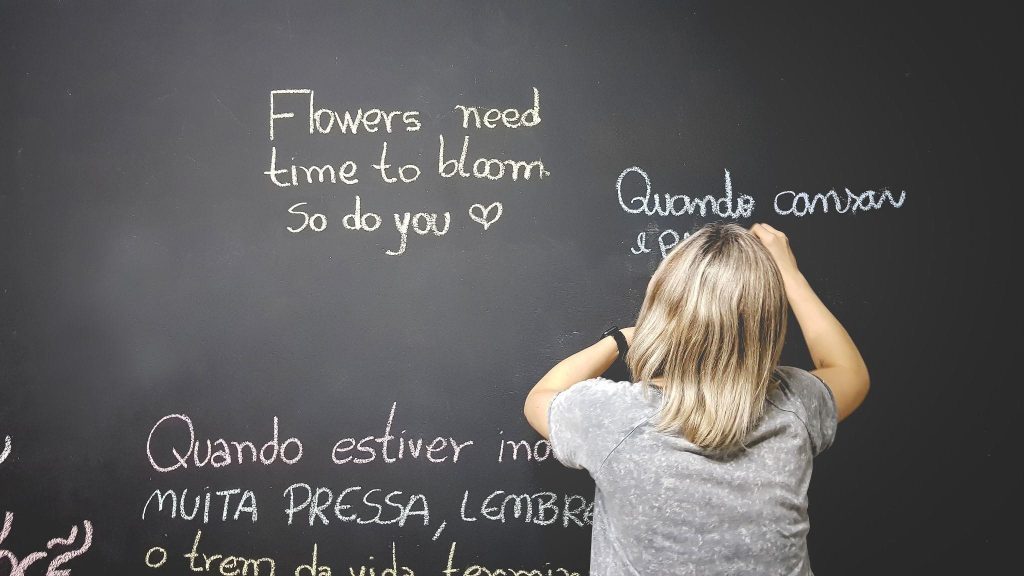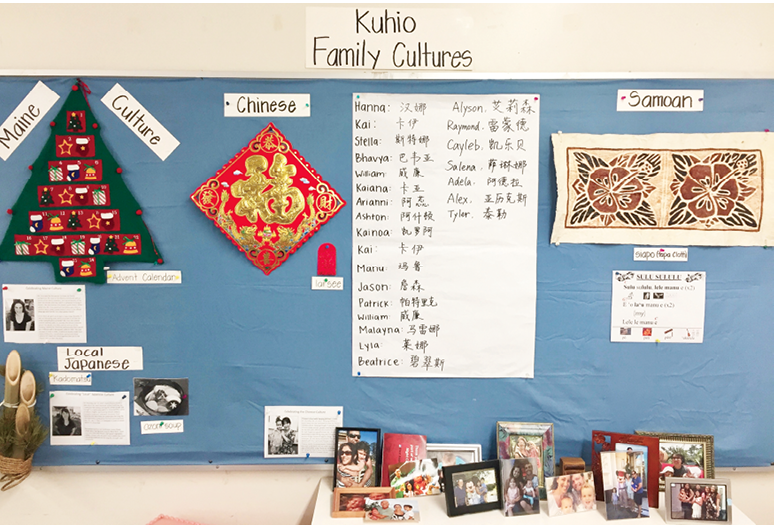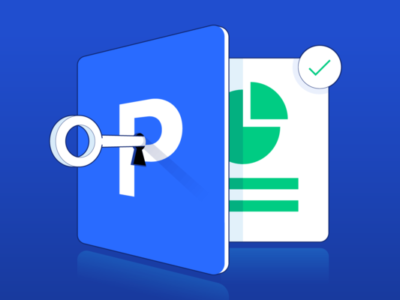It can be a challenge trying to teach a language or a concept to a group of multilingual learners. However, this is also an opportunity for the teacher to interact with people from different backgrounds. By teaching and interacting with them, the teacher is likely to learn in the process as well. This article discusses ways in which teaching a multilingual class can be fun and progressive, so sit tight.
9 Teaching Strategies for Multilingual Classrooms

Source: https://unsplash.com/photos/jBSTNenQxok
To increase the benefits and reduce the chances of any problems arising while teaching, here are 9 teaching strategies you can implement in your classroom:
1. Understand each learner is unique
When teaching multilingual learners, it might be best you don’t apply a single technique for teaching to each and every learner. Every person is unique in their experiences and culture, so personalized learning is a way to go. When trying to come up with your teaching method, this should be reflected, so learners are all engaged.
2. Be kind and supportive
When learning a concept or language for the first time, you are likely to make mistakes during the early trials. As a teacher, you should remember this when teaching your classroom. A kind and supportive environment is likely to see an improvement in the performance of learners. A teacher might display an open willingness to answer any type of questions, including “dumb” ones, as a way to show support.
3. Treat all languages equally
When interacting with your multilingual classroom, you might occasionally decide to interact with them in their native tongue. If you decide to do this, treating all languages as the same would be useful to avoid some students feeling left out. This can go a long way in fostering unity and keeping the students feeling engaged.
4. Set realistic learning goals
When starting out your class, you might want to consider setting realistic goals for your learners. Letting them know where they are in their learning process and what stage they will be at the end of the program would be encouraging. It’s important these goals are realistic to avoid giving anyone false hopes. Some learners might be taking a language class to prepare them for college. If these learners are having issues writing essays, it might be best to use college essay services — you have assured quality writing and speedy delivery.
5. Keep learning flexible
While setting learning goals is important at least during the early stages of the project, you might want to consider making adjustments to the learning process to match the needs of the students. While the goal may remain the same, there is usually more than one way to get to it.
6. Propose real-world tasks for learners
When teaching, it can help to propose real-work activities that students can relate to. This would be one way to keep the learners engaged and foster learning. If perhaps you are teaching your multilingual class a new language, it might help to suggest an activity where they try and interpret road signs or translate a movie. All this can help prepare them for life in another country. If any of your students need help with immigration translation — this can help them, as they’ll be interacting with native speakers who are ready to help.
7. Organize group sessions
It might help to organize group sessions where learners get to interact with native speakers. This would be one of the best ways for them to improve on their grammar and prepare them for real-world tasks.
8. Look out for extra resources
There is an abundance of information online which can be leveraged in the classroom. There are language learning apps like Duolingo that include fun games your students might enjoy and would help improve their learning. One can learn anything online nowadays – from marketing to finance, so always look for online resources to further your progress.
9. Encourage teamwork and collaboration
Interacting with peers that are learning the same language can be very beneficial. A fellow student might be more in-tune with the challenges another student is facing in their learning process, so in that case, they might be able to provide useful tips.
Activities for multilingual classrooms
When it comes to activities for multilingual classrooms, it’s important to keep a few things in mind. First and foremost, you want to make sure that your activities are engaging and enjoyable for all students. Second, you’ll need to be mindful of the different language levels in your classroom and create activities that accommodate all learners.

Here are a few ideas to get you started:
1. Incorporate movement into your lesson plans
This could involve anything from dance breaks to simple gestures that accompany vocabulary words. Not only will this help keep students engaged, but it can also provide a helpful way for lower-level learners to remember new words and phrases.
2. Make use of technology
There are lots of great apps and online resources that can be used to support language learning in the classroom. Use these tools to create engaging activities that allow students to practice their listening, speaking, reading, and writing skills.
3. Use songs and games as part of your instruction
Songs are a great way to introduce new vocabulary in a fun and memorable way, while games provide an opportunity for students to practice using vocabulary and grammar in a low-pressure setting.
4. Get creative with storytelling
Telling stories is a great way to engage all learners in the language learning process while also providing an opportunity for them to use their imagination and have some fun. You can tell stories in the target language or give everyone a chance to tell their own story in English.
5. Allow for some student choice
Giving students some autonomy within the classroom can be a great way to increase engagement and motivation. You could create activities that allow each student to choose which words or sentence structures they want to practice, or assign them projects that give them freedom to explore the language in their own unique way.
Conclusion
Teaching a classroom of multilingual students can be challenging. However, a diverse set of people tend to have varying sets of skills and backgrounds that can be eye-opening and mutually beneficial for the purposes of learning. It’s important to make the learning process as smooth as possible to ensure everyone gets the most of the experience. Follow our tips and make your multilingual classroom welcoming and inclusive learning space.
Author Bio
Eric Wyatt is an online language teacher and content writer with years of experience. He spends some of his own time at the local dog shelter, volunteering. Eric also enjoys traveling, eating different cuisines, and interacting with people.
FAQ
- What is multilingual learners abbreviation?
Multilingual LearnersAbbreviation (MLLA) is an acronym developed by Dr. Ofelia García that stands for “Multilingual Learners who are Also Biliterate and/or Multiliterate.” This acronym encompasses the many dimensions of diversity that multilingual learners bring to the classroom.
MLLAs are students who come from homes where more than one language is spoken. They may be literate in multiple languages, or they may be just beginning to learn literacy in their dominant language. MLLAs typically have cultural backgrounds that differ from those of their monolingual peers. They may also have different learning styles and abilities. All of these factors can impact how well MLLAs do in school.
- What is the biggest challenges in multilingual classroom?
There are several challenges that come with teaching a multilingual classroom. The biggest challenge is probably the language barrier. It can be difficult to communicate with students who speak different languages. Another challenge is managing different learning styles. Students from different cultures may have different ways of learning. It can be a challenge to find activities and materials that work for everyone. It can be difficult to meet the needs of all students when you have limited resources.







